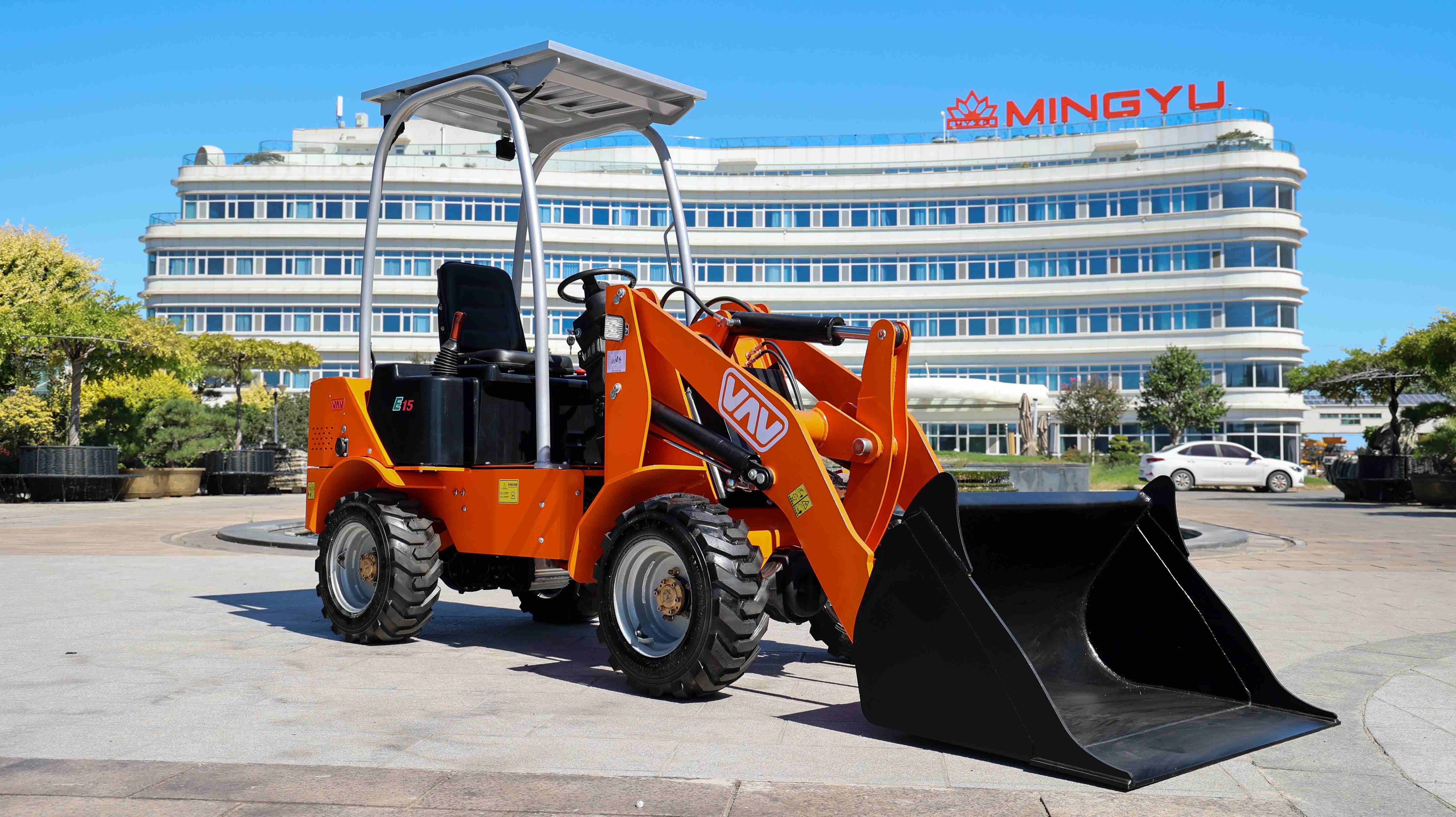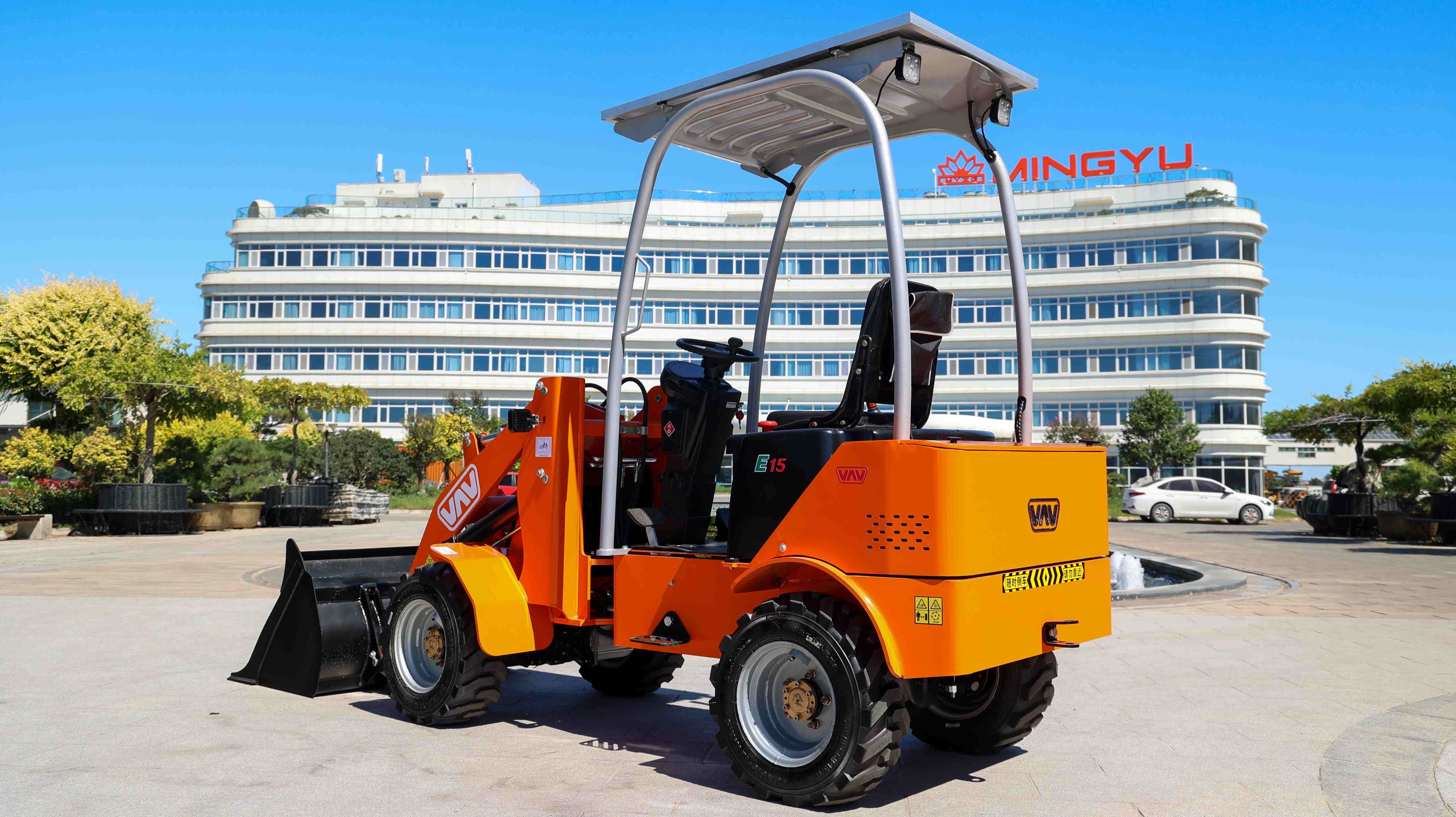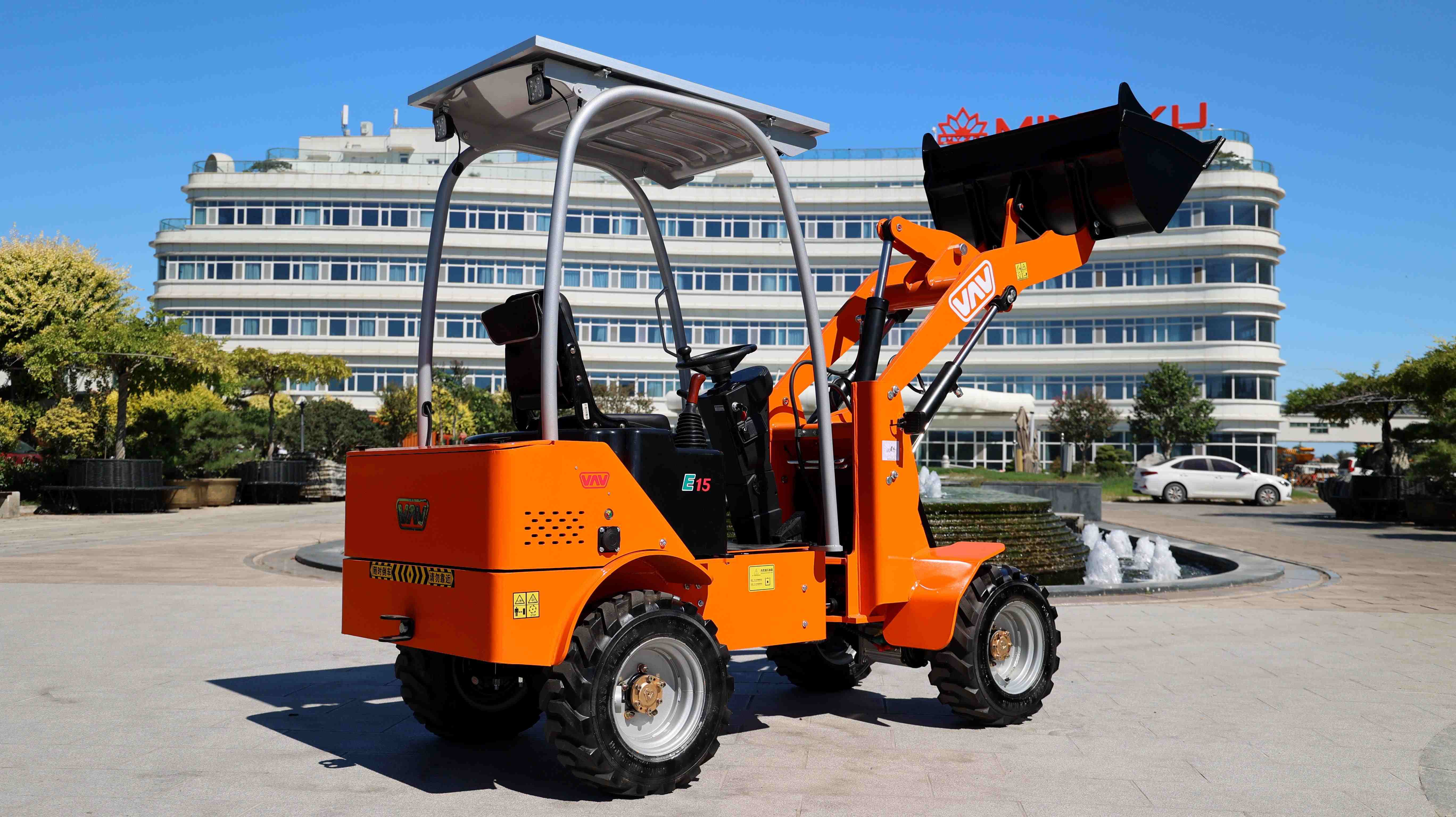What is the Lifting Capacity of a Wheel Loader?
1. Introduction
In the world of heavy machinery, wheel loaders are indispensable pieces of equipment. These versatile machines are used across various industries, including construction, agriculture, mining, and material handling. One of the most critical aspects of a wheel loader's performance is its lifting capacity. Understanding the lifting capacity helps users choose the right machine for their needs, ensuring efficiency, safety, and cost-effectiveness.
This article explores what lifting capacity means for wheel loaders, the factors that influence it, and how to select the appropriate model based on specific operational requirements.
2. What is a Wheel Loader?
A wheel loader is a heavy equipment vehicle with a large front-mounted bucket attached to movable arms. Its primary function is to scoop, lift, and transport materials such as soil, gravel, sand, debris, or snow. Wheel loaders come in various sizes and designs, from small compact models to massive machines used in mining operations.
Key Components:
Operator cab
Loader arms
Hydraulic cylinders
Tires
Bucket or other attachments
Wheel loaders are preferred for their speed, maneuverability, and ability to handle a wide range of tasks with different attachments.
3. What Does Lifting Capacity Mean?
The lifting capacity of a wheel loader refers to the maximum weight the machine can safely lift and carry without compromising stability or performance. It’s not just about the power of the engine or the size of the bucket—it's a precise calculation involving multiple factors.
Key terms:
Static Tipping Load: The weight that causes the loader to tip when the wheels are straight.
Full-Turn Tipping Load: The weight at which the loader begins to tip when the machine is fully articulated.
Operating Load: Typically 50% of the full-turn tipping load, which is the recommended safe load to maintain stability.
Understanding these terms ensures that operators use the machine within safe operational limits.
4. Factors Influencing the Lifting Capacity of a Wheel Loader
Several factors determine a wheel loader's lifting capacity:
Machine Size & Weight: Larger machines can handle heavier loads.
Hydraulic System Power: Stronger hydraulics mean more lifting capability.
Bucket Size & Type: Heavier or larger buckets impact the total lift.
Counterweights: Added weights at the rear help balance the load.
Tire Size & Condition: Tire type affects grip and stability.
Ground Conditions: Uneven or soft ground reduces effective lifting capacity.
Manufacturers carefully balance these elements to ensure the machine can lift safely without tipping.
5. Typical Lifting Capacities Across Different Wheel Loader Categories
Wheel loaders come in various sizes, each with distinct lifting capacities:
Compact Wheel Loaders: Lifting capacity: 1,500 kg to 4,000 kg (3,300 lbs to 8,800 lbs). Used in landscaping, small construction, or snow removal.
Mid-Size Wheel Loaders: Lifting capacity: 4,000 kg to 10,000 kg (8,800 lbs to 22,000 lbs). Suitable for construction and roadwork.
Large Wheel Loaders: Lifting capacity: 10,000 kg and above (22,000+ lbs). Essential in mining, quarrying, and large-scale material movement.
Examples:
Caterpillar 930M: ~5,000 kg
Volvo L120H: ~7,000 kg
Komatsu WA800-8: ~35,000 kg
6. How to Determine the Right Lifting Capacity for Your Needs
Choosing the correct wheel loader involves analyzing several factors:
Material Type: Are you lifting light materials like mulch or heavy materials like rock?
Load Weight & Frequency: Will you be lifting large loads occasionally or small loads repeatedly?
Site Conditions: Consider space constraints, ground stability, and incline.
Budget vs. Performance: Larger capacities often come with higher costs—balance is key.
Consulting manufacturer load charts and working with experts ensures the right match.
7. Safety Considerations Related to Lifting Capacity
Safety is paramount when using wheel loaders:
Do Not Exceed Load Limits: Overloading leads to tipping accidents.
Understand Load Distribution: Unbalanced loads can destabilize the machine.
Use Correct Attachments: Buckets, forks, or grapples must be rated for the load.
Operator Training: Trained operators are less likely to make dangerous mistakes.
Regular Maintenance: Hydraulics, tires, and brakes must be in optimal condition.
Many modern machines come with onboard load monitoring systems for added safety.
8. Technological Advancements Impacting Lifting Capacity
Innovation in wheel loader technology is constantly improving lifting capacities and safety:
Load Weighing Systems: Real-time load data helps prevent overloading.
Telematics: Remote monitoring of machine performance and load handling.
Enhanced Hydraulics: Stronger, more efficient systems increase lift without added weight.
Eco-Efficiency: New models offer better fuel efficiency while maintaining or increasing lifting capacity.
Examples include Caterpillar’s Payload system and Volvo’s Load Assist.
9. Common Mistakes When Estimating or Using Lifting Capacity
Operators and project managers sometimes make critical errors:
Ignoring the Weight of Attachments
Underestimating Terrain Impact
Exceeding Manufacturer Ratings
Failing to Secure Loads Properly
Preventive measures include operator education and careful equipment selection.
10. Conclusion
The lifting capacity of a wheel loader is a fundamental specification that determines its usefulness and safety in any project. By understanding the factors that influence lifting capacity and adhering to manufacturer guidelines, users can maximize productivity while ensuring workplace safety. Whether you're operating a compact loader on a small jobsite or a giant machine in a mining pit, choosing the right lifting capacity is essential for success.
Post time:Jul.04.2025



